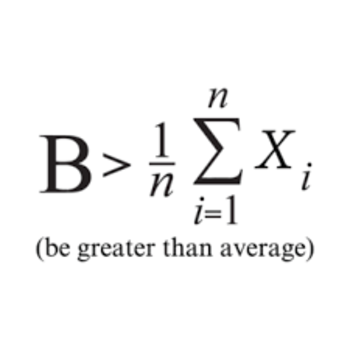Disclaimer: Long answer!
Oxalic acid is a weak acid that dissociates in two steps into Oxonium ions #[H_3O^+]#. To find how much #KOH# is needed to neutralize the acid we must first determine the number of moles of Oxonium ions in the solution, as these will react in a 1:1 ratio with the Hydroxide ions to form water.
As it is a weak diprotic acid it has a #K_a# value for both its acid form and anion form (hydrogen oxalate ion).
#K_a# (oxalic acid) =#5.4 times 10^-2 #
#K_a# (hydrogen oxalate ion)= # 5.4 times 10^-5#
Remember: #K_a = ([H_3O^+] times [ Anion])/ ([Acid]) #
Hence: #5.4 times 10^-2= ([H_3O^+] times [ Anion])/ ([0.333])#
#0.0179982 = ([H_3O^+] times [ Anion])#
#sqrt0.01799282=[H_3O^+] = [ Anion]#
The concentration of the anion and the oxonium ion in the first dissociation are equal #(0.134157 mol dm^-3)#
Then in the dissociation of the hydrogen oxalate ion we have:
#5.4 times 10^-5= ([H_3O^+] times [ Anion])/ ([0.1341573703])#
As the anion formed in the first step is acting as an acid in the second dissociation, we use its concentration of the anion found from the first dissociation.
#7.244497996 times 10^-6= ([H_3O^+] times [ Anion])#
#sqrt(7.244497996 times 10^-6)=[H_3O^+]=[ Anion]#
Which is #(0.0026915605 mol dm^-3)#
All of the dissociations took place in a volume of 25 ml #(0.025 dm^3)# Hence we can find the number of moles of Oxonium ions formed from both dissociations.
concentration #(mol dm^-3)#= (Moles)/ (volume) #(dm^3)#
#0.134157 times 0.025=0.0033539343#
and
#0.0026915695 times 0.025=6.72890125 times 10^-5#
Add them up to get: #0.0034212233 mol# of #[H_3O^+]#
This is the same amount of moles we need of #OH^-# to neutralize the acid.
Hence the volume of #KOH# we need is:
concentration #(mol dm^-3)#= (Moles)/ (volume) #(dm^3)#
#0.1=(0.0034212233)/v#
#v=0.034212233 dm^3# or multiply it by 1000 get it in ml.
#v approx 34.2 ml#

